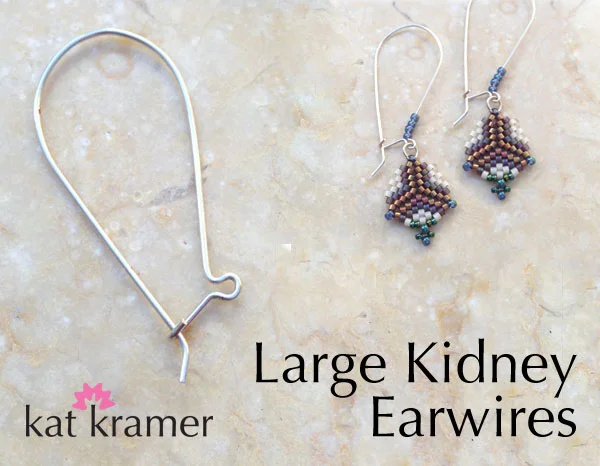Free Tutorials by Kat (Kramer) Adair
These tutorials are provided free of charge, and I am not responsible for any injury or property damage that occurs when following these instructions. Also, these tutorials are copyrighted and may not be sold. If you use them for a class, I would appreciate that you leave my copyright information intact and not present the information as your own. A little email letting me know you used them would be appreciated, and any suggestions are welcome. It's the honor system.
Fused Glass Bezel Setting Tutorial
Here's a tutorial I created for learning how to bezel set a glass cabochon. Good for beginners. The original is available on Wubbers University a free tutorial for jewelry artists, but it is my intellectual property.
Tying a Sliding Knot Leather Cord
In this tutorial, you can learn how to tie a sliding leather necklace out of inexpensive leather cord, which is an efficient way to provide an alternative to a chain for your fused glass pendants.
Click here to download the PDF.
Also on YouTube (I should really update this...): https://www.youtube.com/watch?v=ewxB5Qy7OAU
Large Kidney Earwires in Sterling Silver
Handmade sterling earwires lend a quality feel to your handmade jewelry. These large earwires are inexpensive to make, secure on the ear, and fashionable.
Washing Enamels & Glass Powders for Optimal Clarity
If you're working creating cloisonné or champlevé enamels, or any other techniques with transparent enamels, you'll want to wash them for optimal clarity. This can also be an important step if you're working with glass powders for techniques such as pâte de verre in kiln-formed glass.
The pendant shown here was etched fine silver with nitric acid, with a layer of transparent enamel.
Jewelry Tools for the Beginner
Click here for a handout that explains different jewelry tools. This is the handout I give to beginning jewelry students to help familiarize them with choosing the most affordable and usable options for jewelry.
The tools shown in the handout are my opinion only. Jewelry making can be a dangerous hobby if precautions aren't taken. Exercise good judgement and protect yourself and your property when soldering, cutting, and forming.
Choosing a Kiln
This tutorial explores the different ways that kilns are used in jewelry, glass, and ceramics. Many artists don't work in only one medium—with the introduction of interesting technologies like PMC, and current excitement about enameling and ancient techniques like granulation, this tutorial will help you understand the different types of kilns and figure out what would work well for you.






